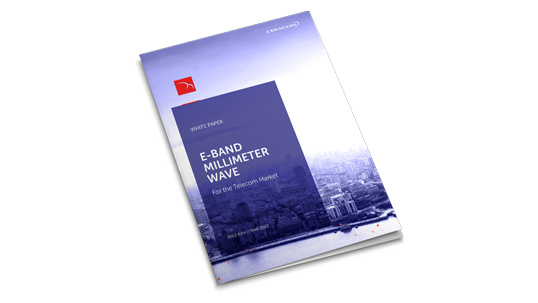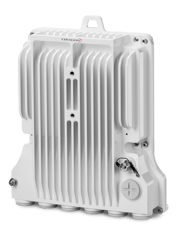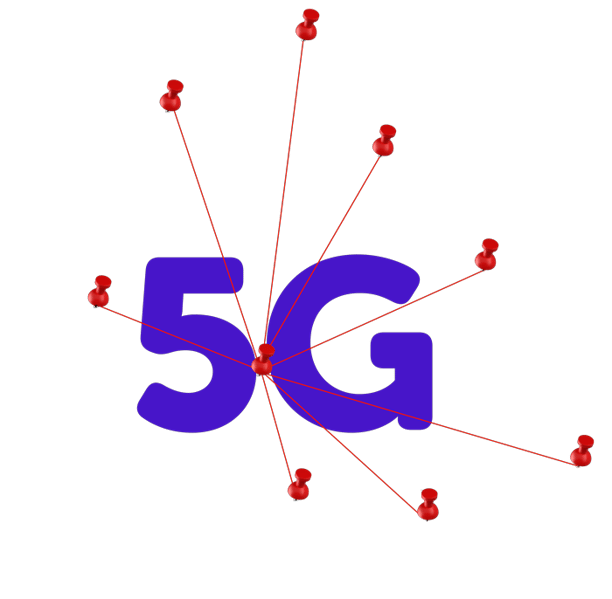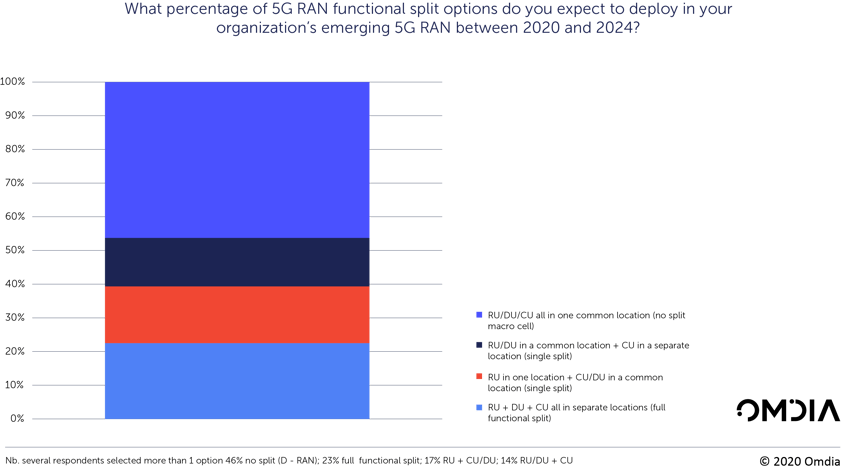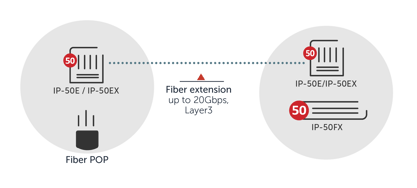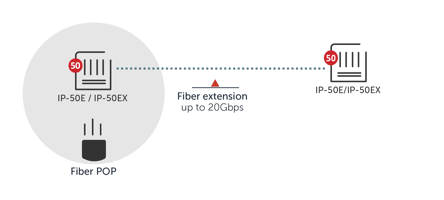Selected Millimeter Wave 5G Use Case
The demand for E-band continues to grow due to the growing need for ultra-high capacity low-latency connectivity and the move toward disaggregated network architectures.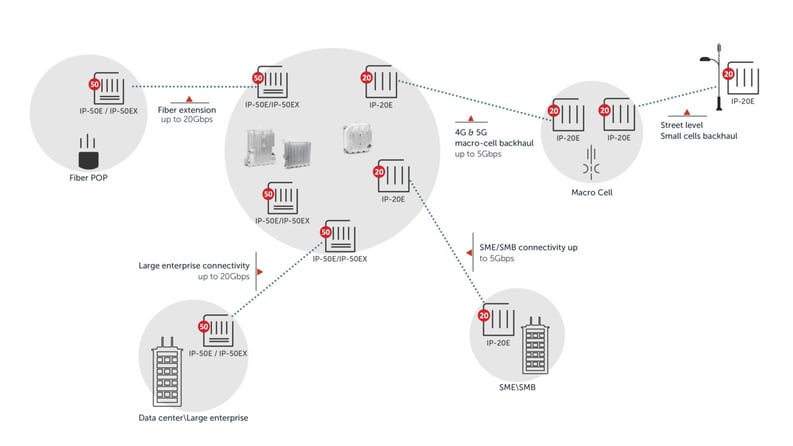
Here are four common use cases that are well served by the E-band millimeter wave (mmWave) range of frequencie
USE CASE A // FIBER EXTENSION
To meet growing coverage and capacity requirements, the successful deployment of 5G often necessitates the smart combination of fiber and wireless technologies, especially as the reach of fiber is often limited by cost or infrastructure considerations.
In this fiber extension use case, a mobile network operator (MNO) uses E-band mmWave for fiber point of presence (POP) connectivity.
In cases of “last mile” connectivity over a typical 1-2 kilometers, E-band mmWave is a good choice as it can deliver the 10-20 Gbps usually required for such a use case and can do so with high reliability. When longer links are required, E-band mmWave can be combined with traditional microwave in a multiband configuration.
USE CASE B // LARGE ENTERPRISE CONNECTIVITY
In this large enterprise connectivity use case, an internet service provider (ISP) offers a high-capacity fixed wireless service that connects a large corporation. Such connectivity often includes links between multiple large company buildings within a spread-out organizational campus or across busy city streets.
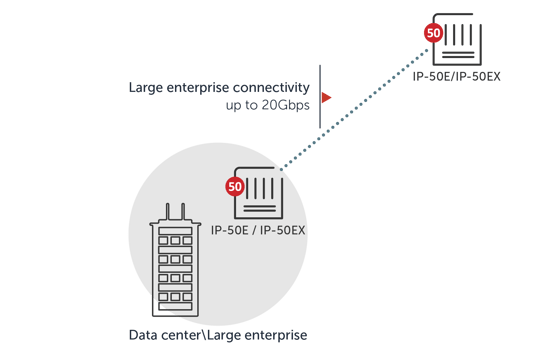
In such cases, E-band mmWave can deliver 99.999% (five-nine) availability over links of up to 1-2 km, or four-nine availability for links up to 2-3 km.
Large enterprise connectivity usually requires somewhere around 4-10 Gbps, while intra-campus connectivity calls for 2-5 Gbps. In these cases, 10 Gbps is usually more than sufficient.
USE CASE C // SME/SMB CONNECTIVITY
There are also similar use cases involving ISPs connecting smaller enterprises/businesses (SMEs/SMBs) and smaller campuses.
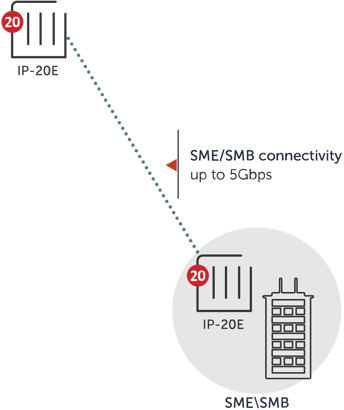
In terms of reach, like with the previous large enterprise use case, E-band mmWave supports five-nine availability over links of 1-2 km. These use cases typically require up to 2.5 or 5.0 Gbps.
USE CASE D // 5G/4G MACROCELL & SMALL CELL BACKHAUL
In the 5G/4G macrocell and small cell backhaul use case, an MNO uses E-band mmWave to connect street-level small cells to a macrocell, which in turn connects to the aggregation site towards the core network.
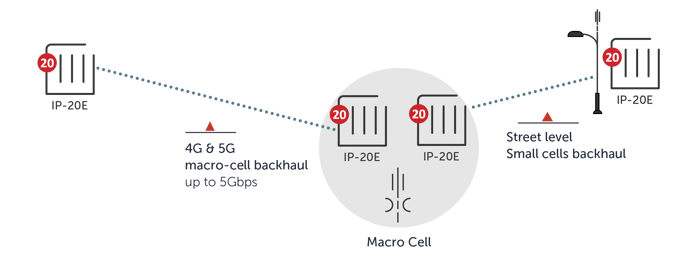
At the street level, there is a need for a simple and cost-effective all-outdoor solution with an integrated antenna, with an appearance similar to a Wi-Fi hotspot. Deployed in a “mesh-like” configuration, small cell links range from a few hundred meters up to 1 km.
Typically, a capacity of 2.5 Gbps is sufficient for small cell backhaul, with up to 5 Gbps needed for aggregation points.

